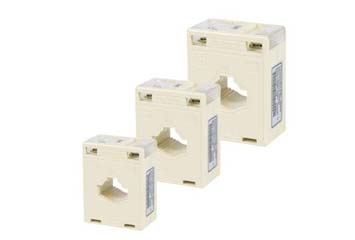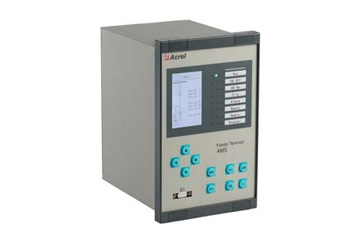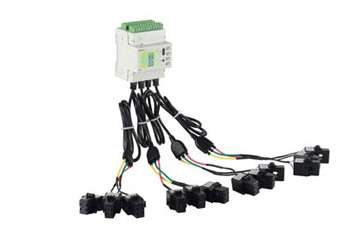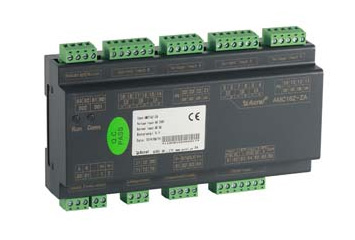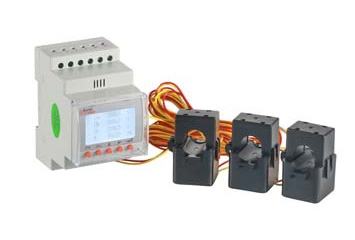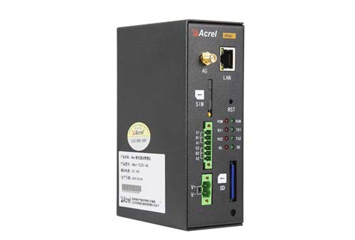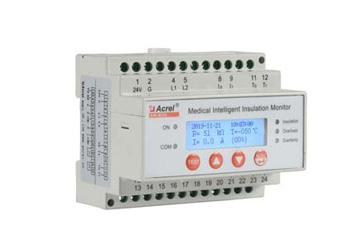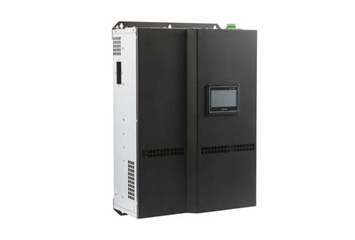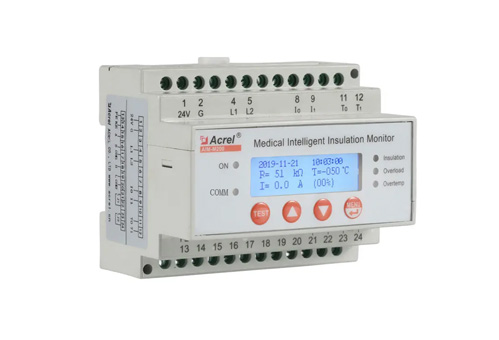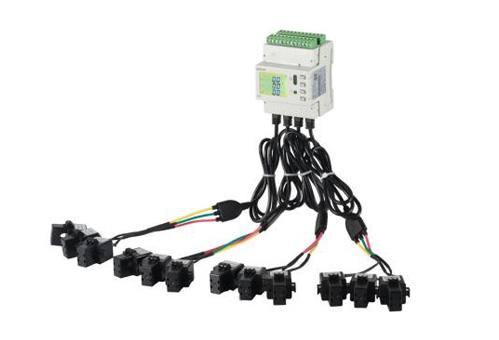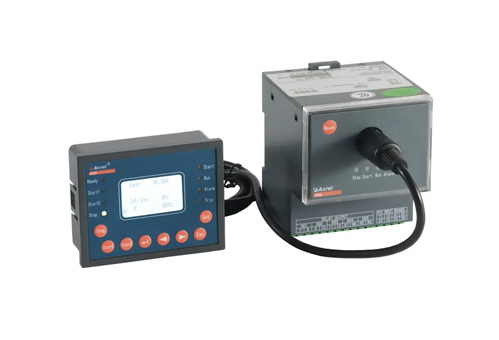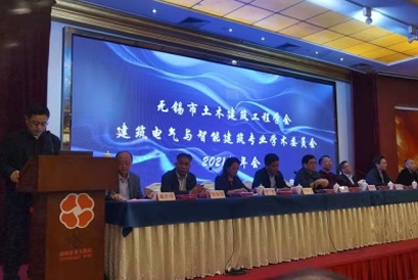The current transducer was originally a broad concept, and now generally refers to the secondary instrument, and specifically refers to the field of semiconductors and microelectronics, such as Hall sensors, fiber optic sensors. Current transducer is a type of sensor, and its main signal source is the current size of the collected signal. The main parameter is its current size. The detection method is generally a device that detects the current characteristics, usually an ammeter or the like.
Ⅰ. Current transducer is also called magnetic sensor
Current transducers can be used in home appliances, smart grids, electric vehicles, wind power, etc. Many magnetic sensors are used in our life, such as computer hard drives, compasses, household appliances, etc. A current transducer is an active module such as Hall devices, operational amplifiers and final power transistors that require operating power and power consumption.
Small power devices have incorporated more and more new technologies. Such as switching power supply, hard switching, soft switching, voltage regulation, linear feedback voltage regulation, magnetic amplifier technology, numerical control voltage regulation, electromagnetic compatibility and so on. The actual demand directly promotes the continuous development and progress of power supply technology. In order to automatically detect and display the current, they have automatic protection functions and more advanced intelligent control when dangerous situations such as overcurrent and overvoltage occur, the power supply technology with sensor detection, sensor sampling, and sensor protection has gradually become a trend. Sensors that detect current or voltage have emerged as the times require and are gradually favored by the majority of power supply designers in the country.
Ⅱ. The method of judging the quality of the current transducer
The quality of the current transducer is generally judged by the manufacturer of the sensor, because the general current transducer has problems with infinite output, large zero drift, poor accuracy, poor linearity, poor high and low temperature characteristics, etc. The output signal of the sensor is generally not easy to judge. There is a current transducer based on the principle of the transformer that is relatively easy to judge, because the output is DC 4-20mA. When the current is 0, it will output a 4mA current, so as long as the power is connected and the output is measured, there will be this output value, so it is more appropriate to choose such a current sensor as much as possible.
Ⅲ. Selection of current transducer
1. Linear
Linearity determines the degree to which the current transducer output signal (secondary current IS) and input signal (primary current IP) are proportional to the measurement range.
2. Temperature drift
Offset current ISO is calculated at 25°C. When the ambient temperature around the Hall electrodes changes, the ISO changes. Therefore, it is important to consider the maximum change in offset current ISO, where IOT refers to the temperature drift value in the current transducer performance table.
3. Offset current ISO
Offset current is also known as residual current. This is mainly caused by unstable Hall elements or operational amplifiers in electronic circuits. When the current transducer is fabricated at 25°C and IP = 0, the offset current is minimized, but the sensor will generate some amount of offset current as it leaves the production line.
4. Accuracy
The accuracy of Hall-effect current transducers depends on the standard current rating, IPN. At +25°C, the measurement accuracy of the sensor has some effect on the primary current. At the same time, the effects of offset current, linearity, and temperature drift must also be considered when evaluating current transducer accuracy.
 English
English
